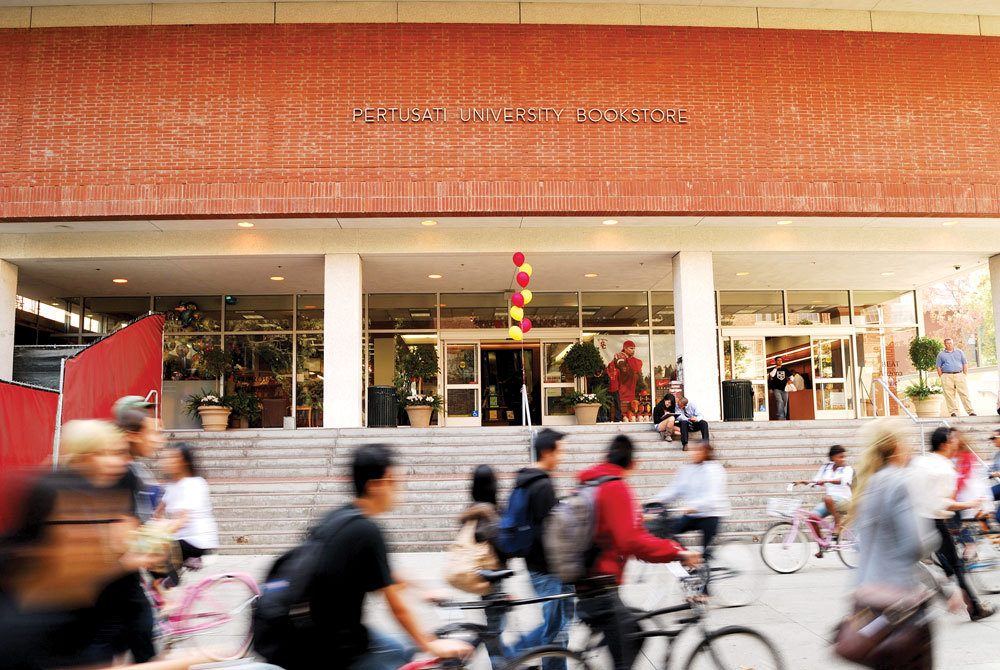The Bar-On Brief: Why college textbooks won’t get cheaper anytime soon

College textbooks publishers have a pretty sweet deal in place: Demand is never-ending and required, and supply is barred by copyright laws. It doesn’t take an economics degree to conclude that the result is a monopoly — and ridiculously high textbook prices.
Textbook prices have increased exponentially at a rate comparable to that of college tuition. Prices have tripled since 1982, even after accounting for inflation, and in 2006, the Advisory Committee for Student Financial Assistance reported that prices rose 186% over the previous eight years.
The College Board budgets book and supply spending to be around $1,200 a year per student. According to the National Association of College Stores, college students actually spend an average of $500 to $700 on textbooks every year.
The reason for the difference in budgeted versus actual spending was in part determined by a U.S. PIRG study, which found 65% of students have skipped buying required texts at some point in their college career because of the lack of affordability. The same study found that 48% of students said the cost of books had an impact on how many or which classes they took.
The reason textbook prices will not change any time soon is because those requiring the textbook — professors — don’t actually have to pay for them. In fact, some professors require students to purchase textbooks they have written, co-written or edited themselves. The status quo results in a win-win for the University and the professors. Professors, like all writers, make royalties off each book purchase, and the University takes a cut of every textbook purchased from the bookstore. Students are the only losers in this deal.
The only practical solution being discussed is one being dubbed “open-access textbooks.” This term refers to professors searching for copyright-free pages and creating a custom course packet to replace traditional textbooks. The average cost of these packets is $31 — compared to the national average of $153 cost per course. However, only 6% of college faculty members say that they will use this solution within the next three years.
This solution is unlikely to catch fire because of two major roadblock dissenters: booksellers and universities, since they go hand in hand. They profit off students. While they may claim to have an interest in driving down the cost of school supplies, they have a bigger interest in making money off of them.
According to the National Association of College Stores, 78 cents of every dollar spent on new textbooks goes to publishers. The rest is split between the store’s operating costs and a profit margin. This means that publishers are the main factor in controlling the market price of textbooks. And publishers justify high prices by saying the cost of producing a textbook is upward of $700,000. However, the textbook production market has changed, too. While publishers historically spread out the cost of making a new edition over five years, that time period has shrunk to three years, resulting in higher prices.
Additionally, the publishing industry consolidated dramatically beginning in the 1980s. Today, just five major publishers — Hachette, HarperCollins, Macmillan, Penguin Random House and Simon & Schuster — control over 80% of the market.
The textbook market is not being treated as it should be: as an antitrust issue. So long as an external factor with no stake in the market does not interject, students will continue to suffer the consequences of being forced to pay ridiculously high prices to companies facing little competition for a product with manufactured demand and protected supply.
Shauli Bar-On is a junior writing about sociopolitical issues. His column, “The Bar-On Brief,” runs every other Tuesday.

